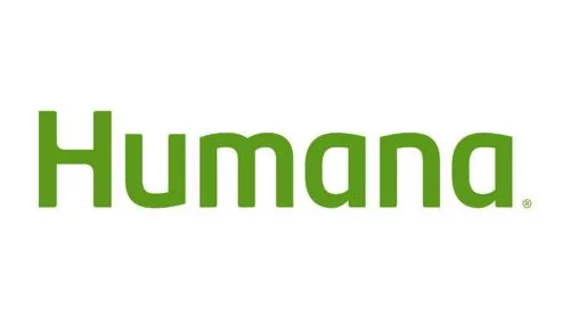Humana earnings buoyed by post-acute care deals
The stock price of health insurance giant Humana shot above $325 per share on Wednesday, August 2—a new record high—after its second-quarter earnings release.
The company has increasingly focused growth in its home health, hospice and primary care services through new business launches and acquisitions. Humana’s share price had previously reached a record high in mid-July following the closure of two deals that effectively made it the nation’s largest home health and hospice provider.
It acquired a 40 percent stake in both Kindred at Home—the nation’s largest home healthcare provider—and Curo Health Services—a national hospice provider—in separate deals with private equity partners. The Curo and Kindred at Home acquisitions could give Humana, which already operated its own home healthcare business, a leg up when it comes to reaching people where they are. Humana also announced in June it was piloting two primary care senior clinics inside Walgreens locations in Kansas.
“We took another large step this quarter in helping our members, especially those living with chronic conditions, by beginning the integration of important clinical services through our investments in Kindred at Home and Curo, and through our partnership with Walgreens,” Humana CEO and President Bruce Broussard said in a statement. “Over time, these moves, along with the continuous improvement of our operating system, will go a long way in simplifying the healthcare experience of our members and provider partners, while also improving the health status of our members.”
Its extended care continuum could “appeal to new members by selling a coverage plan that provides access to care ‘where they live,’ rather than having to travel into the medical complex,” David Windley, CFA, CPA, managing director of healthcare equity research at Jefferies, told HealthExec.
Humana executives are also looking to expand telehealth capabilities within the company’s in-home care operations, in combination with primary care, to serve higher acuity patients and reduce utilization of other high-cost acute care settings.
“We do believe long-term the home is going to continue to see more and more acute oriented services for the primary reason of telemedicine,” Broussard said on a call with analysts Wednesday. “We think the combination of telehealth in a physician office whether it's a specialty practice or a primary care practice with the combination of a nurse going into the home with proper devices will offer a full-fledged physician interaction that will be assisted for a senior or a member with chronic conditions.”
The benefit of reaching plan members in the home could also influence other health factors, including social determinants of health, Windley said.
Other major insurers are also taking aim at addressing social determinants of health since CMS announced its expansion of supplemental benefits for MA plans in 2019. Namely, managed care company UnitedHealth Group, which saw its Medicare Advantage (MA) enrollment swell 10.4 percent in the second quarter of 2018, recently expressed interest in engaging members at home to address transportation, housing and other social factors that could reduce overall healthcare costs.
For the second quarter of 2018, Humana’s earnings results were largely buoyed by strong financials in its MA business. The Louisville-based company reported quarterly GAAP consolidated revenues of $14.26 billion, a 5 percent increase, or $725 million, from the same quarter in 2017. Individual MA membership topped more than three million as of June 30, 2018, an increase of 7 percent, or 187,700 people, from a year prior. Group MA membership grew 14 percent, to more than 490,000 as of June 30, 2018, compared to June 30, 2017.
Broussard also touched on the rumored acquisition of Humana by Walmart, noting that the company’s new partnership with Walgreens is complementary to its affiliations with Walmart. Walmart and Humana have previously partnered on prescription plans, though Broussard stated the Walgreens venture involves “smaller clinics.” Executives did not divulge more details on expanding either partnerships with Walgreens or Walmart.
“I would say, one of the things that we are trying to do is to continue to test what our customers are looking for,” Broussard said Wednesday, Aug. 2. “We're trying to figure out what that sweet spot is, and we feel that this is a great time for a test and learn and to understand it.”

